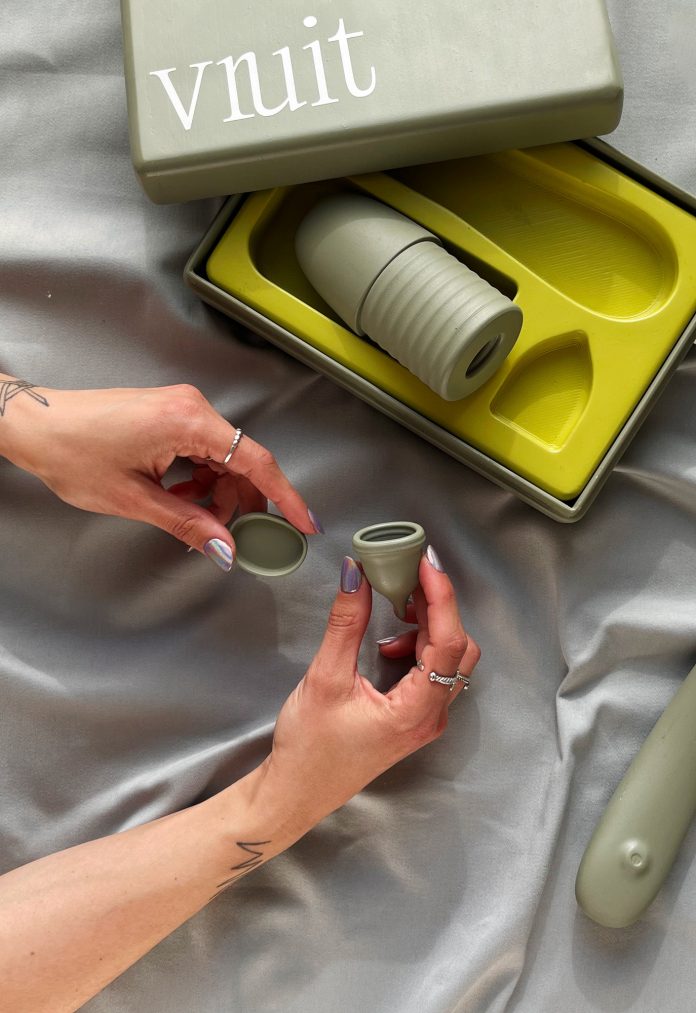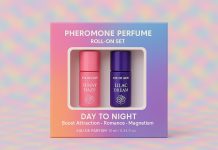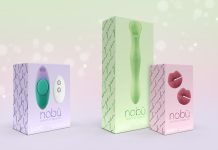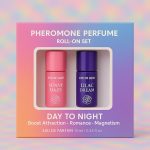Presented at Dutch Design Week, Design graduate of the German Saar Academy of Fine Arts, Juliane Kühr unveils a revolution in sex toy design. These sex toys were devised to be used during sex, either solo or with a partner, to contribute pleasure to the assisted conception process.
Attuned especially to the LGBTQ+ estrangement to certain pleasures and privileges of conception, Kühr claims that, although the product could be used by anyone who hopes to conceive, the Vruit vibrator was designed particularly to meet the needs of queer couples and singles hoping to start a family without a partner.
“Vruit is for everyone but plays a particularly important role for queer people and singles, as they often have to bear the high costs of fertility treatment on their own due to a lack of funding” she shares on her website. “Moreover, it happens that some fertility clinics refuse to treat queer and single people.
“Through Vruit, people can realize their dream and desire to have children in a self-determined way. Divers family constellations can be the results – from co-parenthoods to rainbow families.”
The kit was even designed with the preferences for queer consummation in mind, reports Dezeen. The Vruit kit includes a masturbator of the Fleshlight style for sperm donation, plus a choice of two insemination devices, depending on the receiver’s pleasure preference – a vibrator, or a small silicone cervical cup for those who don’t desire penetration.
“The problem is that there are barely any products designed for self-insemination and the few that exist are very technical and clinical,” Kühr tells Dezeen.
As a result of their limited access to family-making, Kühr shares from her research that many people in her target market come to dangerous or unenjoyable DIY at-home solutions, according to a queer feminist midwife collective and other members of the community she spoke to.
“Often people have to misappropriate products like a menstrual cup or syringe,” she explains. “And because the ejaculate is so sensitive, things have to happen very, very quickly and it’s very difficult to have a sensual, relaxed experience.”
Vruit was designed to accompany users comfortably throughout the entire process, from the sperm donation to the act of insemination, in hopes to usher self-insemination IVF systems towards solutions “as easy as conception through heteronormative sex,” according to Dezeen.
Currently, Kühr explains that there are no dedicated products on the market to assist in semen donation, a critical step of the process, and a delicate one.

“It’s important to include the semen donation because sperm banks are legally not allowed to post to private households,” she tells Dezeen. “That means you always need a private sperm donation. And the ejaculate is very delicate so it has to be protected from environmental impacts.”
Kühr’s home insemination kit is therefore the first to solves this issue “with the help of a masturbator with a dedicated cavity at the front, into which the vibrator cap or the silicone cup can be placed to collect the semen,” according to Dezeen. “Post-ejaculation, the cap is slotted back onto the vibrator and the cup is secured with a lid before being placed into an insulated transport box that is passed on to the aspiring parent. This helps to keep the sperm at body temperature for two to three hours and protects it from other environmental factors, while also functioning as an induction charging station for the accompanying sex toy.”
The vibrator users can then release the sperm into the cervix during orgasm at the press of a button. Then, insert the the silicone cup, which should be worn for up to 24 hours to contain the ejaculate from leaking. Or alternatively, to forgo penetration, users can simply insert the cup of sperm and still enjoy the vibrator as external stimulation, if desired.
“Because it is lightly flattened, it also assists clitoral stimulation,” Kühr shares. “And an orgasm is important because it causes the uterus to contract and the ejaculate is transported upwards.”
The Vruit kit also includes a dedicated booklet for tracking cycles to promote the accuracy of the product in a process which Kühr calls the insemination “choreography,” as well as sharing crucial information in legality and physiology.
“[Such as] when are my fertile days, how does my cycle work, how do I get high-quality ejaculate,” explains Kühr. “But also legal topics, like how do you adopt a stepchild when the sperm donor doesn’t take on the role of a legal parent. It’s about ensuring more self-determination and making the topic more visible because it’s not that easy to get all this information collected in one place.”
Kühr’s working prototype was entirely 3D-printed from PLA bioplastic, with the addition of a few silicone elements, in a gender-neutral green color. The project was made possible by six months worth of research funding from her German university, the Saar Academy of Fine Arts. The Vruit toys are being developed towards a final product for commercial use.

Vruit was on display as part of Dutch Design Week 2023 from 21 to 29 October as part of the German Design Graduates exhibition, introducing work from 25 young designers from across the country selected by curators Jana Scholze and Amelie Klein.
Read the original story on Dezeen.
Featured and story images credited to Juliane Kühr, via Dezeen.




















You must be logged in to post a comment.